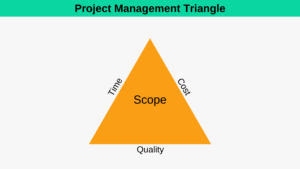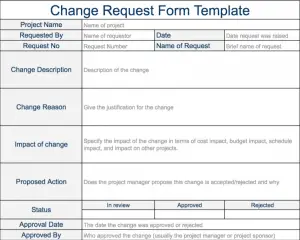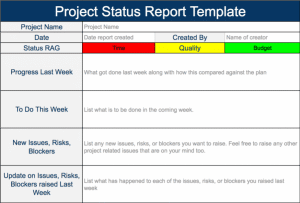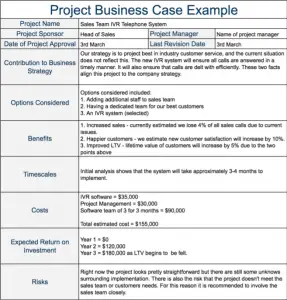A key part of actively managing a project day-to-day is communication. In this article we’re going to look at formal communication in project management – how we communicate with stakeholders to ensure we successfully meet the communication needs of all stakeholders.
Perception management is a very important part of project management. A good project manager will never spring a complete surprise on his or her steering committee and project sponsor unless absolutely unavoidable.
It is common for project managers dive right into their stakeholder management process and start mapping stakeholders and trying to identify their win criteria at the beginning of a project. However, by doing ignoring the big picture we run the risk of failing to identify important stakeholders, so I wanted to back things up a little and look at a simple way to think broadly about all of the stakeholders that a project manager is likely to need to communicate with.
A good way to begin thinking about communication in project management is to think broadly about the different groups of people you need to communicate with. The diagram below shows the general categories of people you will need to consider in almost any project. It’s a very useful way to quickly understand all the different types of communication you might need.
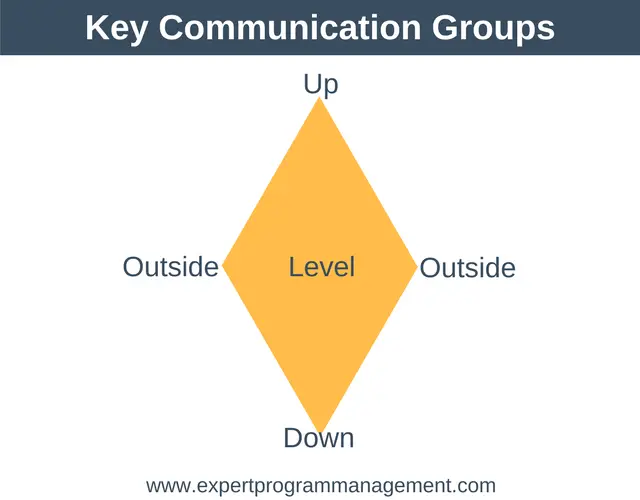
Below you’ll find an explanation of what the different groups in the diagram mean. Note that for each group you may have one or more subgroups that need separate communication.
-
- Up: refers to people above you in the organization, including the project sponsor, the steering committee, and your boss or even their boss.
- Down: refers to people under you in the project, and will typically mean your project team and their staff.
- Level: refers to other people within the organization neither above or below you such as key stakeholders and your peers.
- Outside: refers to stakeholders outside of the organization and could mean anyone from suppliers to media outlets.
Once you have identified all the groups you need to communicate to, and the people who make up those groups, the next step is to determine:
- What communication does this group need? Is it the same as another group or is it a unique communication specifically for that group?
- How often do you need to communicate with this group? This will be a function of how interested they are in the project, the stage the project is at, as well as the complexity of the project.
Now you have all this information, write it down (a stakeholder mapping template may be useful here). This is your Project Communication Plan. Review it with your Project Sponsor and steering committee to get it approved.
It can be useful to schedule alarms in your calendar to remind you to send out all of these regularly scheduled communications. You will typically find that it takes some time to create the first communication, but subsequent communications where you’re outlining what’s changed since the last communication will take much less time to put together.
Communication in Project Management Summary
Before diving in to map individual stakeholders in your project, it is a good idea to broadly map the different categories of stakeholders you need to communicate with. As the diagram above shows, in general there are four categories of stakeholders for almost any project: Up, Down, Level, and Outside.
Once you’ve identified your categories, you can determine which individual stakeholders belong to these categories, and design the details of any regular communications required by that group. This is a key input in creating your project communication plan.
